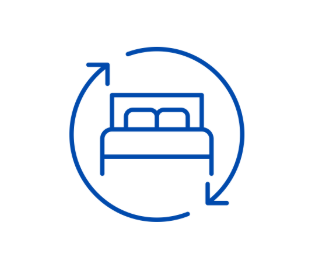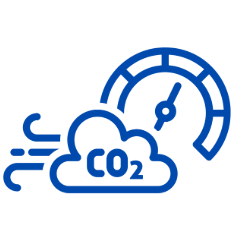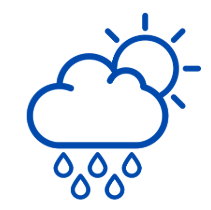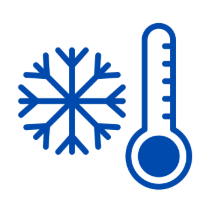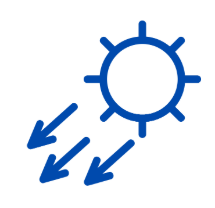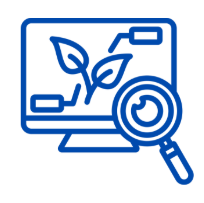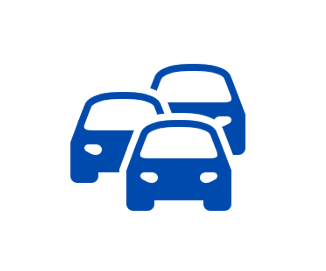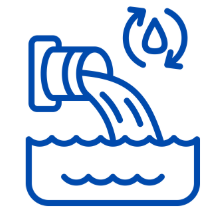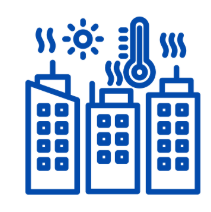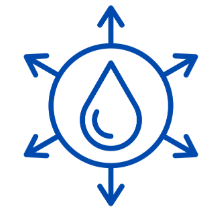Cities & Manucipalities
IoT in cities and municipalities refers to the use of connected devices, sensors, and data-driven technology to optimize urban management. IoT applications in urban environments collect data from various sources such as traffic signals, public transportation, waste management systems, water distribution networks, and environmental monitoring. This data is then analyzed to improve the quality of life for residents, increase efficiency in operations, and reduce costs.
Applications
Key Applications of IoT in Cities & Municipalities
IoT-enabled traffic sensors can monitor vehicle flow, adjust traffic light timings in real-time, and reduce congestion. Data from these systems can also inform the creation of efficient routes and schedules for public transport.
Air Quality MonitoringIoT sensors track air pollution levels and provide municipalities with real-time information on air quality. This data helps cities take proactive measures to protect residents' health by controlling pollution, issuing alerts, or making regulatory changes.
Waste ManagementIoT-enabled waste bins equipped with sensors notify municipal authorities when they are full. This allows for optimized waste collection routes, reducing fuel costs and improving overall waste management efficiency.
Water and Energy MonitoringIoT devices monitor water quality, consumption, and leakage, while also tracking energy usage. These systems allow municipalities to detect inefficiencies, optimize resource distribution, and promote sustainability by conserving water and energy.
Smart LightingIoT-powered streetlights can automatically adjust brightness based on traffic or environmental conditions, improving energy efficiency and public safety. These systems can also detect when bulbs need to be replaced, reducing maintenance costs.
Public Safety and SurveillanceIoT-enabled surveillance cameras, emergency response systems, and smart sensors can enhance public safety by detecting suspicious activities or potential hazards. Cities can respond quickly to emergencies, reduce crime rates, and create safer environments for residents.
Environmental MonitoringWith IoT sensors deployed throughout urban areas, cities can track weather patterns, water levels, soil quality, and other environmental factors. This data aids in disaster preparedness (e.g., flood prediction), as well as long-term urban planning to ensure sustainability.

Improved Efficiency
IoT solutions allow for the automation of various city services, making them more efficient. For example, traffic lights can automatically adjust, and waste collection routes can be optimized in real-time, reducing operational costs and improving service delivery.
SustainabilityIoT technology helps municipalities track and reduce resource consumption, making it easier to promote sustainability. From energy-efficient buildings and infrastructure to smart water management systems, IoT plays a crucial role in reducing a city's environmental footprint.
Enhanced Quality of LifeIoT enables cities to become more livable by offering residents better services, such as reliable public transportation, cleaner streets, and safer public spaces. Additionally, IoT helps improve health by monitoring air quality, water quality, and noise pollution, contributing to overall well-being.
Cost SavingsBy streamlining processes such as waste collection, energy management, and traffic control, municipalities can save money while improving service delivery. For example, predictive maintenance using IoT sensors can prevent costly infrastructure failures by identifying issues before they become problems.
Data-Driven Decision MakingWith real-time data collection from various IoT devices, municipalities can make informed, data-driven decisions. This helps in urban planning, resource allocation, and policy-making, ensuring that decisions are based on accurate and up-to-date information.
By adopting IoT solutions, municipalities can proactively address urban challenges, reduce resource consumption, and promote healthier, safer living environments for residents.
The integration of IoT in cities and municipalities offers a wide array of opportunities to enhance public services, reduce costs, and improve the quality of life. From environmental monitoring and waste management to energy efficiency and road safety, IoT helps create smarter, more sustainable urban spaces. As technology advances, we can expect even more innovative solutions that will further shape the cities of tomorrow.
Sectors
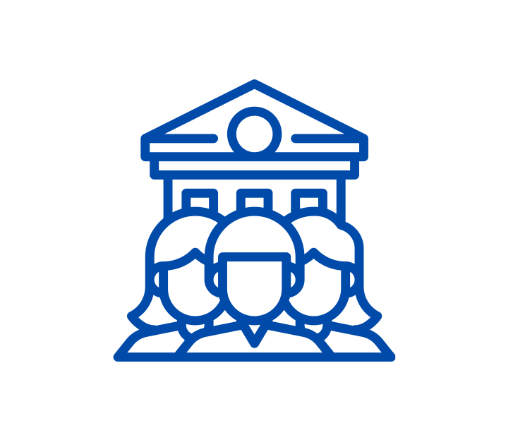
Government

Education
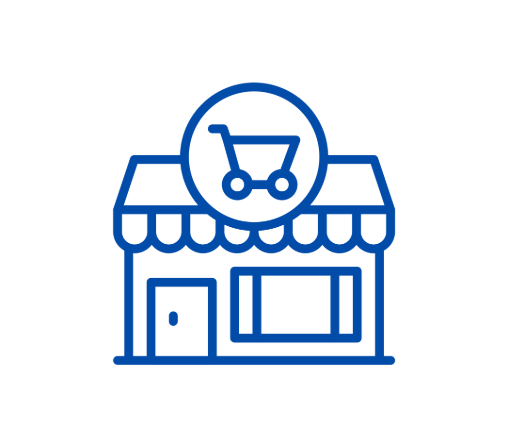
Retail
